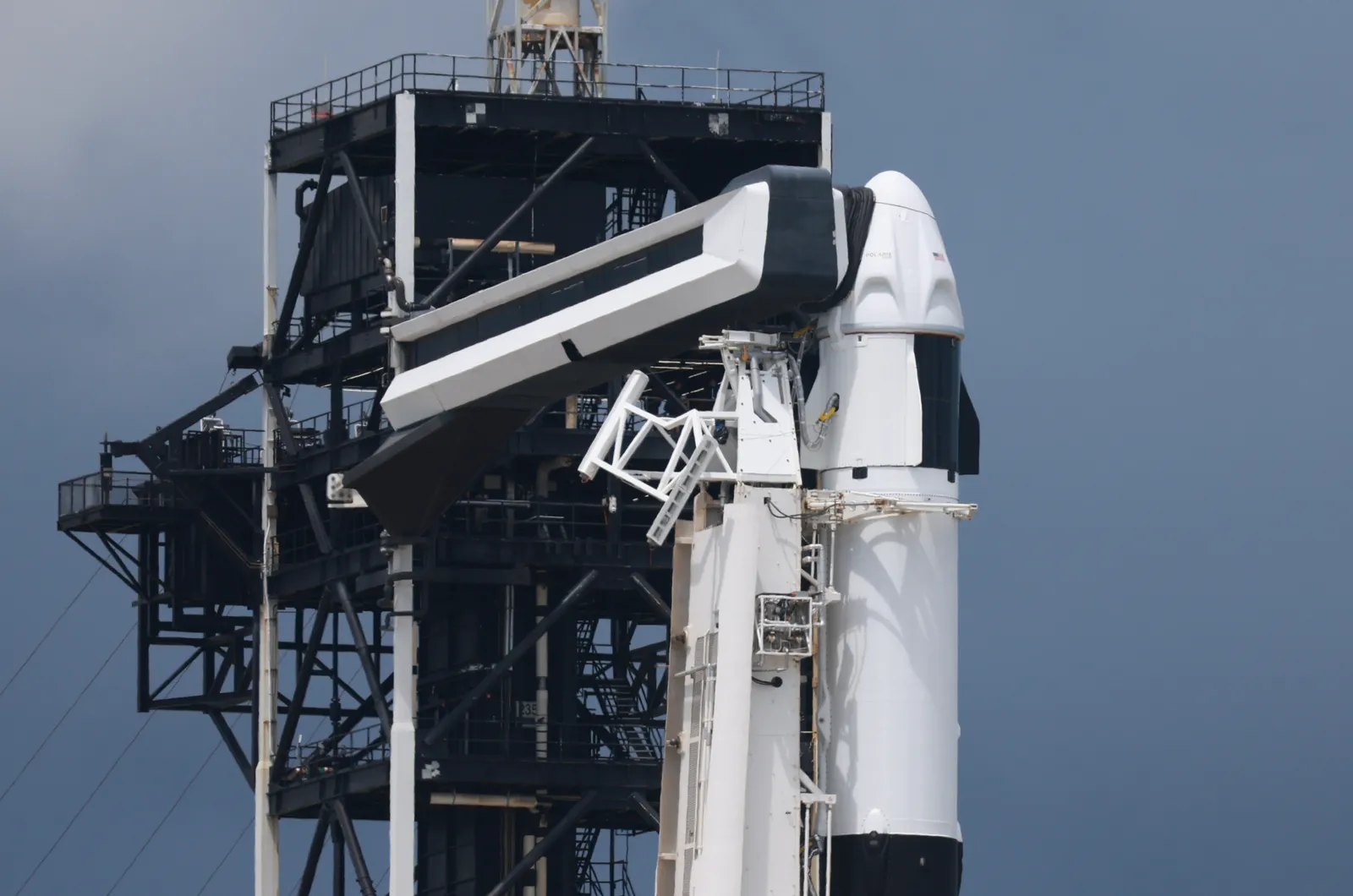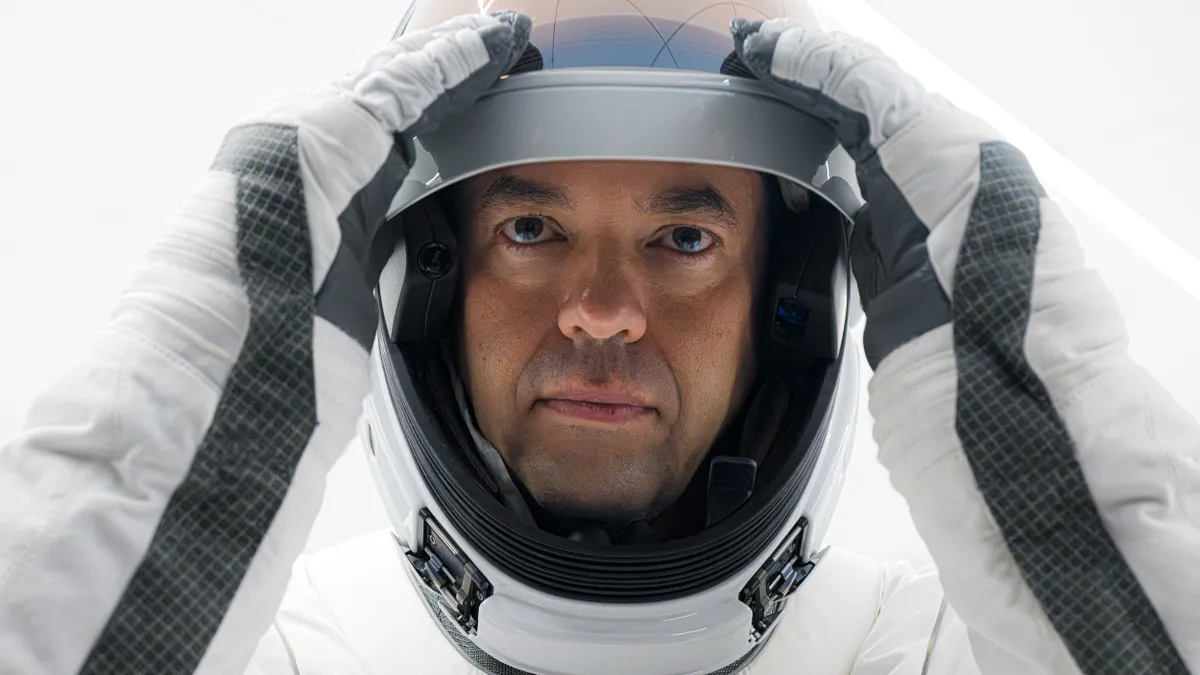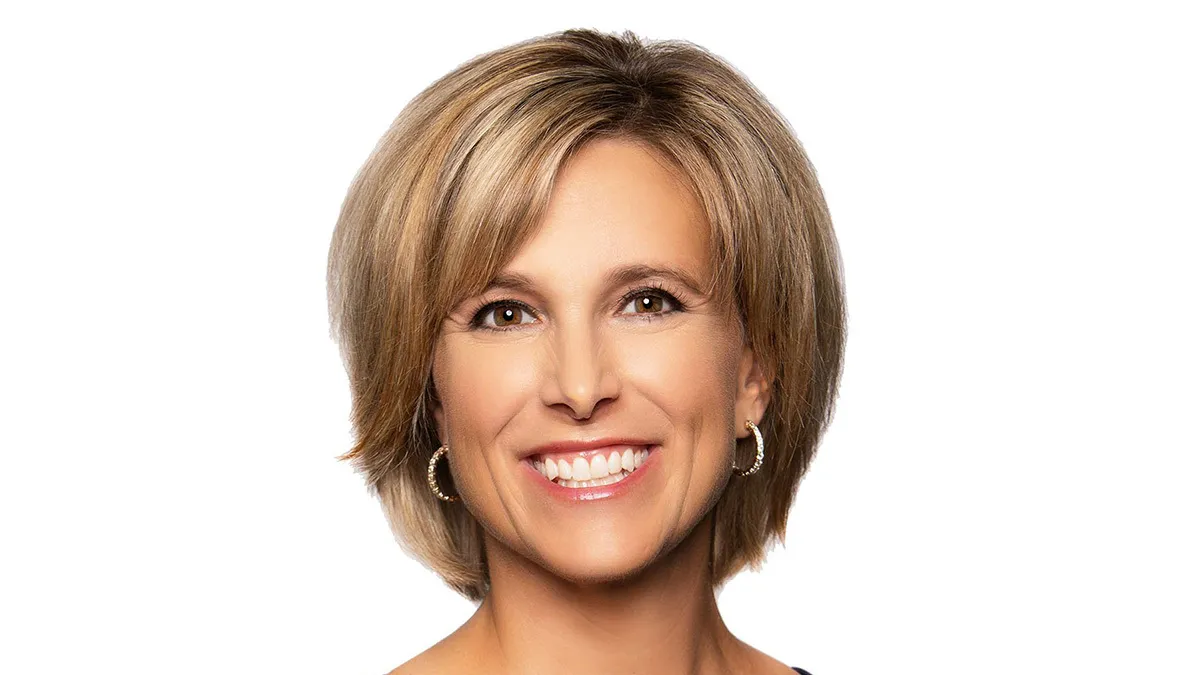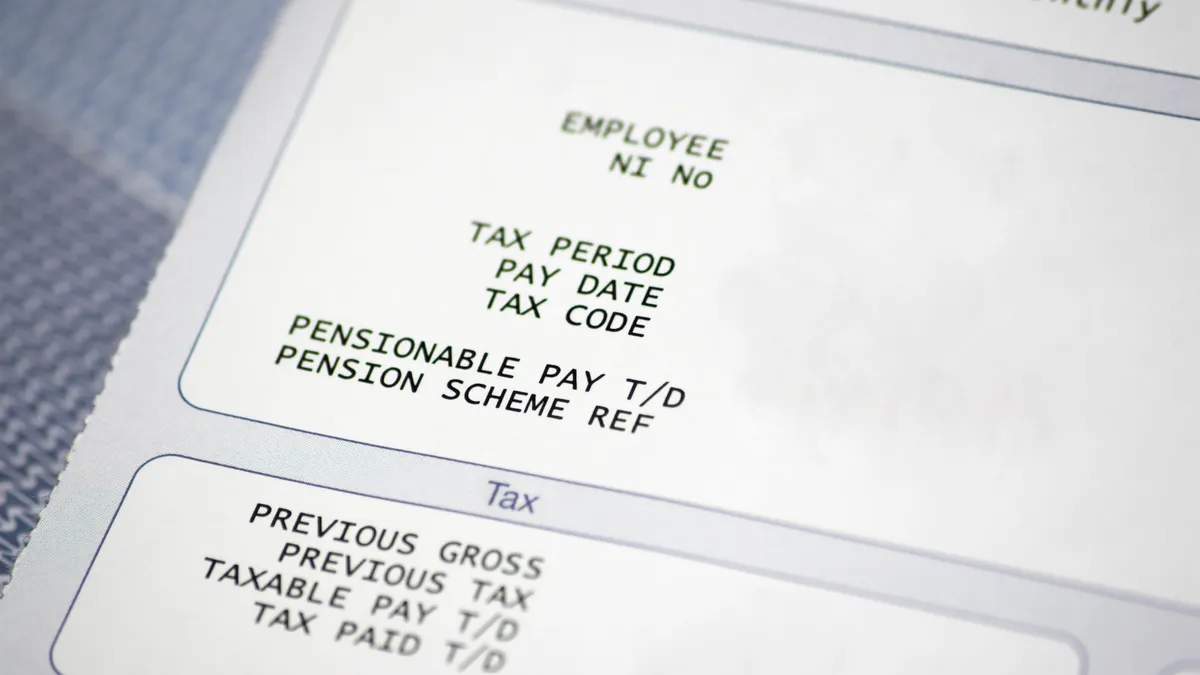A key executive going into space isn’t one of the risk factors U.S. companies tend to talk about in their annual reports. You won’t find any mention of it in the reports filed by Shift4 Payments, whose chief executive, Jared Isaacman, is quarantined in Florida, preparing to launch on his second trip to space with Elon Musk’s SpaceX.
Shift4, which in 2021 committed to invest $27.5 million in SpaceX, hasn’t disclosed to investors the upcoming Polaris Dawn space flight, or a previous space flight Isaacman took, or two others he plans to take in coming years. Shift4 has, however, said in its yearly filings with the Securities and Exchange Commission that it’s “highly dependent” on Isaacman, who founded the company in 1999 as a high school student.
A CEO’s hobbies — whether it’s flying jets, racing cars or orbiting the planet — probably don’t pose a material risk that securities regulators would make a company disclose, said Charles Elson, the founding director of the John L. Weinberg Center for Corporate Governance at the University of Delaware. (Isaacman engages in two of those potentially perilous pastimes.) But it does raise a central question: Should there be disclosure of an activity that would affect whether an investor would purchase the company’s stock or vote for its management?
“That's sort of a fine line between one’s personal life and one’s business life,” Elson told Legal Dive, adding that the key person risk issue typically arises when a health problem befalls a key executive. “Is space travel, going up on SpaceX, dangerous? Is it a threat to his life or a threat to his ability to carry out his responsibilities? The question is, would an investor want to know that? And that’s an open question.”
Some past space missions have proven fatal for astronauts, including the Challenger and Columbia space shuttle disasters in 1986 and 2003, respectively, that killed all crew members.
Key person at Shift4
Shift4 processes over $260 billion in annual transactions for more than 200,000 customers in the U.S., Canada, Europe and Japan. Its payments technology is widely used at hotels, casinos, resorts, airports and at professional sports venues. Isaacman is central to Shift4's business.
“We must develop, maintain and, as necessary, implement appropriate succession plans to assure we have the necessary human resources, including senior leadership, capable of maintaining continuity in our business,” Shift4 has told investors in annual reports since it went public in June 2020. “For instance, we are highly dependent on the expertise of our Founder and Chief Executive Officer, Jared Isaacman.”
Isaacman did not respond to an email seeking comment regarding the flight’s risks or Shift4’s investor notifications, nor did a spokesman for Shift4, which is based in Center Valley, Pa. Isaacman — Shift4’s largest individual shareholder with an 80% controlling stake of the voting shares — is also an aviation entrepreneur and enthusiast who flies several types of military and business jets.

Shift4’s seven-person board includes Isaacman and his father, Donald Isaacman, who was the startup’s first employee, according to a 2020 Forbes magazine profile. Another Shift4 board member, Sarah Grover, a former restaurant executive, is also communications director for Polaris Dawn, the space mission Isaacman is set to embark on.
Shift4’s lead independent director, Christopher Cruz, is a managing director at Searchlight Capital, which has invested in Shift4. Cruz and Grover did not respond to messages seeking comment via their LinkedIn accounts.
Isaacman’s May 2020 employment agreement allows Shift4 to take out a “key person” life insurance policy on him for the company’s benefit. It’s unclear if Shift4 has done so.
Risk regulation
Corporate risk factors date to 1934 when the SEC began requiring companies to disclose their most significant business risks.
The SEC has adjusted its risk-disclosure language periodically, most recently in November 2020, when the agency sought to focus on “material factors” to reduce both the prevalence of companies citing generic risks and a trend of ever-longer risk summations.
The agency said its 2020 changes would “focus registrants on disclosing the risks to which reasonable investors would attach importance in making investment or voting decisions.”
“Materiality is a broad concept that encompasses both investment and voting decisions,” the SEC said in its published rule, noting that “the concept of materiality is used throughout the federal securities laws.” (Notably, the agency doesn’t mandate cybersecurity threats as a material risk requiring disclosure.)
The agency cited a 2011 Supreme Court case, Matrixx Initiatives v. Siricusano, in noting that “information is material if there is a substantial likelihood that disclosure of the omitted fact would have been viewed by the reasonable investor as having significantly altered the ‘total mix’ of information available.”
Hal Goetsch, a senior research analyst at B. Riley Financial who covers Shift4, said in an email that “risks are quantifiable while uncertainty is not.”
“Is one space flight riskier than an executive flying private 50 times a year and skiing double black diamonds in the Alps? I don’t know,” Goetsch wrote to Legal Dive. “There (are) about a gazillion risks listed in nearly every 10-K I read and the list gets longer every year. Each additional risk in the 10-K listed provides less incremental info to investors.”
Flying with SpaceX
Isaacman’s debut flight with SpaceX was in September 2021, when he led a mission of four civilians on a private space flight aboard the company’s Crew Dragon vehicle. That flight, dubbed Inspiration4, raised more than $240 million for St. Jude Children’s Research Hospital.
The following year, Isaacman and SpaceX announced an agreement for a jointly funded research program called Polaris, involving three space flights. The program says it “seeks to demonstrate important operational capabilities that will serve as building blocks to help further human exploration to the Moon, Mars, and beyond.”
The third Polaris flight is scheduled to be the first human flight for SpaceX’s massive new Starship rocket. SpaceX and Isaacman have not said when they expect the second and third Polaris flights to launch.
The Polaris Dawn launch was scheduled for late August, but has been delayed by unfavorable weather at SpaceX’s designated ocean landing sites near the Florida coasts. The four-person crew is at SpaceX’s facilities at the Kennedy Space Center observing pre-launch quarantine protocols.
Isaacman will be joined on the trip by two SpaceX employees, Sarah Gillis and Anna Menon. Also joining them will be Scott “Kidd” Poteet, Isaacman’s long-time friend and business associate. Poteet was a vice president of strategy at Shift4 and the former director of business development at Draken International, a military jet training company Isaacman started in 2011 and sold to Blackstone Group in 2019.
The Polaris Dawn flight has three main research objectives:
- Testing SpaceX’s new extravehicular activity suits at an altitude of 435 miles (700 kilometers), which will involve depressurizing the vehicle in space. Isaacman and Gillis will then leave the space ship, tethered with oxygen lines.
- Reaching a peak altitude of 870 miles (1400 km) to probe parts of the Van Allen radiation belt to “better understand the effects of spaceflight and space radiation on human health.” That distance is also designed to further understand the space ship’s performance capability.
- Testing SpaceX’s Starlink satellite constellation’s laser-based communications in space. SpaceX aims to use these laser links on its satellites for future communications on its flights to the moon and Mars
The flight represents the first operational use of a SpaceX-designed suit for the vacuum of space — a key highlight and critical test as the spacecraft is not typically depressurized in space. In its capacity as a federal contractor, SpaceX uses the vehicle for its astronaut-ferry shuttles for NASA to and from the International Space Station.
At a news conference last month, Isaacman said the space walk will be “the riskiest part” of the flight, according to the Orlando Sentinel news outlet, “because you’re throwing away all the safety of your vehicle, right? And it now comes down to your suit becomes your spaceship.”
Astronauts on all prior SpaceX flights, with the spacecraft remaining fully pressurized, wore flight suits not made for vacuum conditions. SpaceX developed the suits as part of its plans to provide commercial transport to the moon and Mars.
Much of the suit’s design and testing occurred in the past three years, an accelerated time frame for space engineering relative to NASA and other government agency programs, CNN’s space reporter noted in an August profile of the Polaris Dawn mission.
“Going faster is not necessarily more risky,” Garrett Reisman, a former NASA astronaut and SpaceX consultant, told CNN. “Taking large risks in testing when the consequences of failure are low results in reduced risk later when the consequences of failure are high.”
However, observers “should be nervous” about the flight, Reisman added. “Anytime you try something for the first time there are significant risks. I’ll feel much better when they are back inside with the hatch closed and latched” after the spacewalk.
Elson, the governance expert and retired professor, said that any inherent danger of human spaceflight is an open question, but probably not one that troubles the SEC.
“Honestly, space travel is probably, at this point, bizarrely safer than driving in Florida on the interstate,” he said. “The fact that you’re sometimes a bit of a daredevil is interesting, but I don’t think someone would call that material.”
However, if Isaacman were to die or be injured in his space travels, Shift4 would likely face a different risk: shareholder litigation. “The lawyers always come,” Elson said. “I’m sure someone would make something of it.”




















